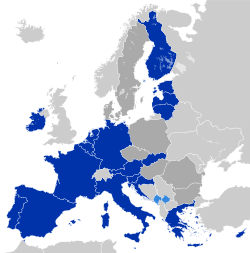Legal basis
The Treaty of Nice provides for the creation of judicial panels in certain specific areas. This provision is later amended and codified in Article 257 ("specialised courts") of the Treaty on the Functioning of the European Union by the Treaty of Lisbon: [2]
The European Parliament and the Council, acting in accordance with the ordinary legislative procedure, may establish specialised courts attached to the General Court to hear and determine at first instance certain classes of action or proceeding brought in specific areas. The European Parliament and the Council shall act by means of regulations either on a proposal from the Commission after consultation of the Court of Justice or at the request of the Court of Justice after consultation of the Commission. [...]
The Council of the European Union on 2 November 2004, adopted on that basis a decision establishing the European Union Civil Service Tribunal. [3] The new specialised court, composed of seven judges, was called upon to adjudicate in disputes between the European Union and its civil service, a jurisdiction until 2005 was exercised by the General Court. Its decisions was subject to appeal on questions of law only to the General Court and, in exceptional cases, to review by the European Court of Justice. It was established on 2 December 2005. It was dissolved on 1 September 2016, [1] despite the success in its mandate, [4] in favour of doubling the size of the General Court.
Presidents of the Civil Service Tribunal
| Year | Presidents of the Civil Service Tribunal |
|---|
| 2005–2011 |  Paul J. Mahoney Paul J. Mahoney |
| 2011–2016 |  Sean Van Raepenbusch Sean Van Raepenbusch |
This page is based on this
Wikipedia article Text is available under the
CC BY-SA 4.0 license; additional terms may apply.
Images, videos and audio are available under their respective licenses.





